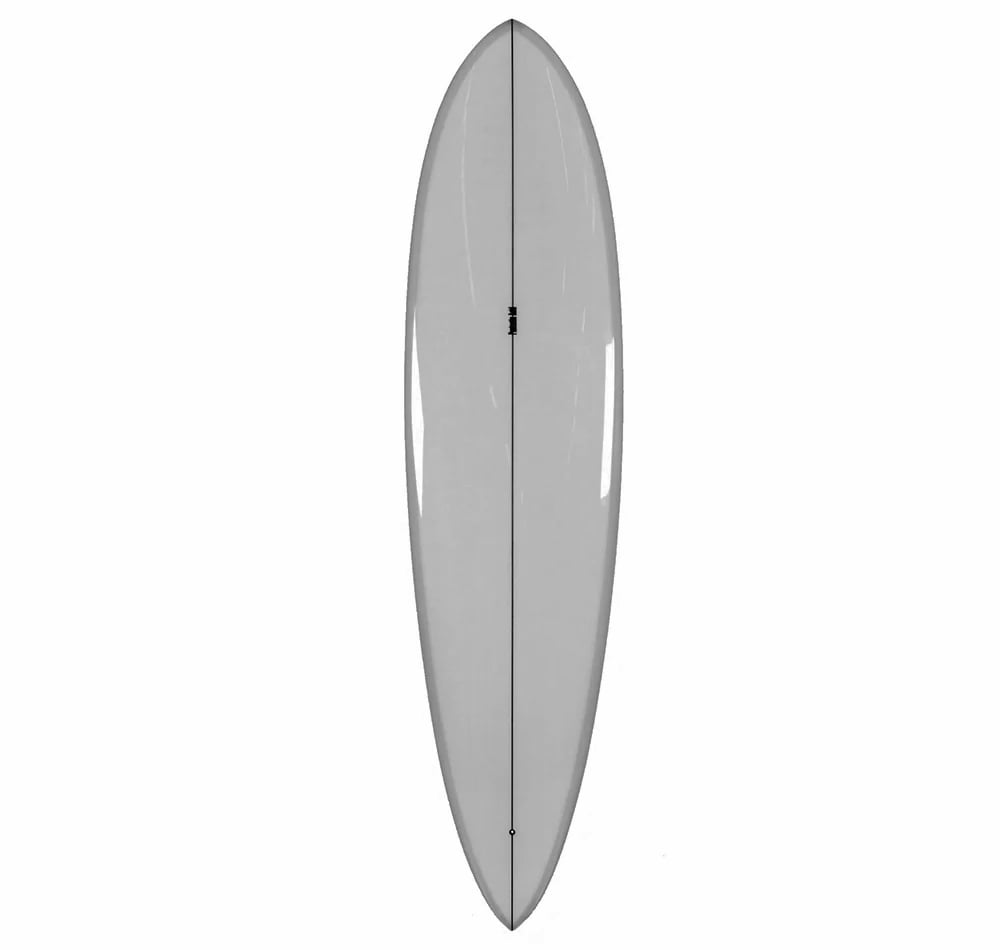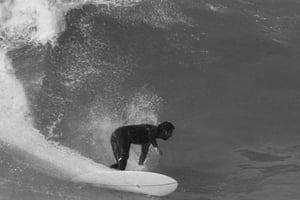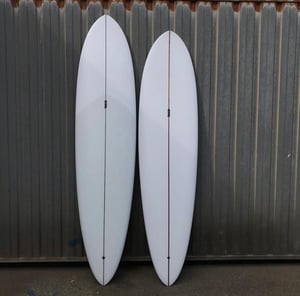7'6 Antistatic Hull
1.350,00 €

From 6'10 to 8'0
Antistatic Hull, antinomic design of the Paralleler Hull was designed to tackle powerful "tube" waves. With a pronounced pintail, very advanced wide point, a fast outline and very stretched curves. The pintail reduces the volume area on the rear third, allowing the tail to retain more control and handle speed easier than a wide tail, which tends to lose control in powerful tubes. The pintail has the advantage of being under the total influence of the wave while on the face.
Indeed less width minimizing the surface of the tail will enable it to "sink" and stabilize. Allowing the board to follow and maintain its direction. This concept offers maximum water flow without any sudden release for better control. The pointy nose, with less surface area, reduces catch on late take off's by not having part of the front rail inserting itself in the water and engaging in an unwanted curve. The rails are slightly lower and boxier than on a classic hull. The antistatic Hull is a model that I designed while living in Bali. After a lot of trial and error, it emerged as the most suitable design for surfing very hollow waves. ( The wave of IMPOSSIBLE's become the test centre!) As the photos show, the board is naturally surfed far above the wide point, and despite this extreme position on the nose, the surfer retains drive. I tried several fins, and several fin positions, a small variation was enough to completely change the board, for good or bad ... But a flex fin with a wide base and a depth of 9'25 inches turned out to be the best solution. The position varies depending on the size and power of the wave being surfed, but generally, the trailer edge of the fin is 12 inches from the tail.




